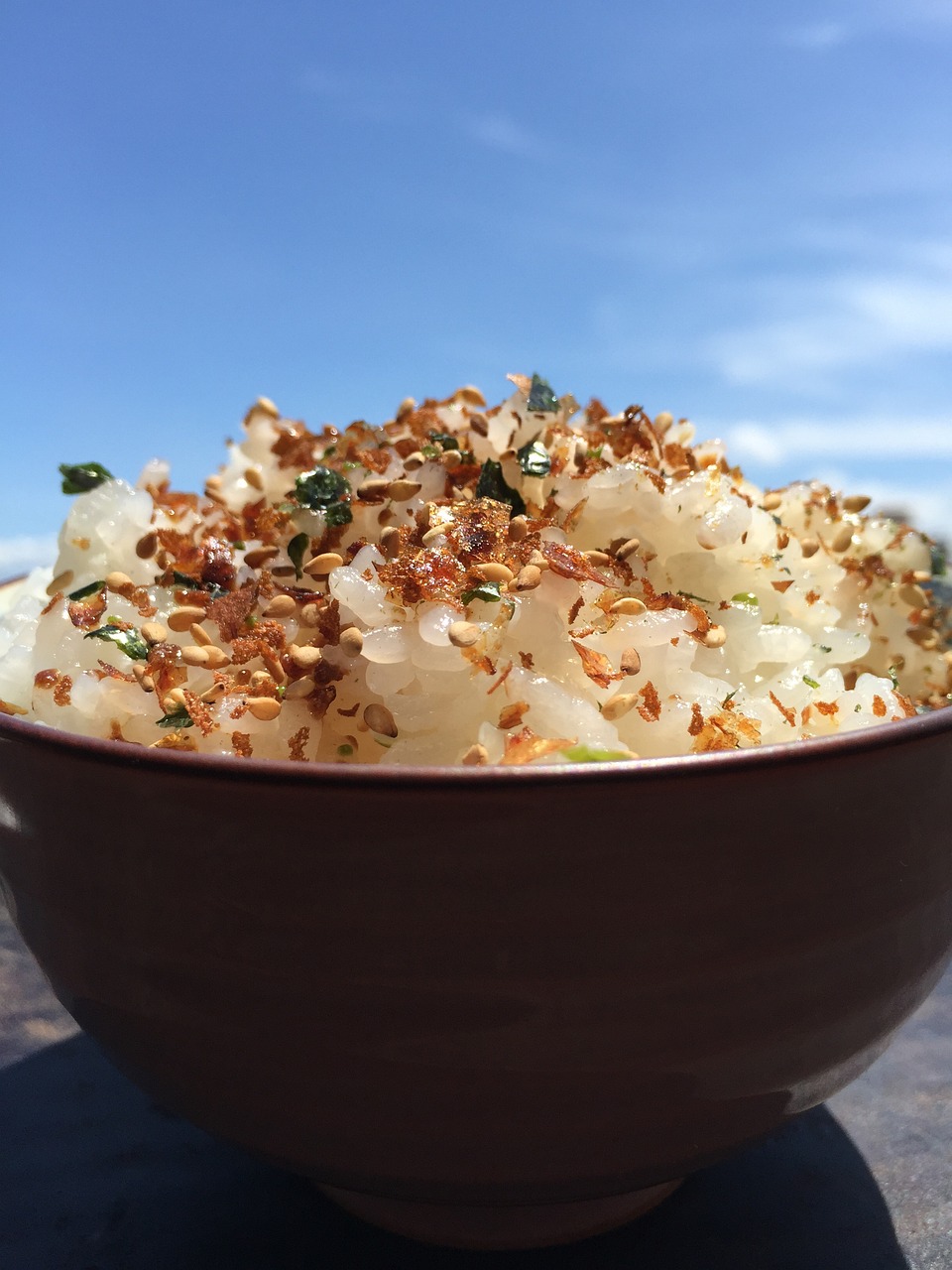Sprinkle Showdown: Natural vs. Artificial Sprinkles
- 10, Jun, 2024

In the vibrant world of baking, sprinkles are the tiny stars that add a magical touch to our sweet creations. But not all sprinkles are suitable for your guts.
To bring you the most insightful perspective, we have interviewed two experts in the field. Dr. Elina Green, a food scientist specializing in natural ingredients, and Chef Jan Miller, a renowned pastry chef.
Why are Sprinkles so Appealing?
Interviewer: Dr. Green, could you explain why sprinkles are such a beloved additive?
Dr. Green: Certainly! Psychologically, colors and textures significantly influence how we perceive and enjoy food. Sprinkles possess bright colors and fun shapes. It is why they evoke a sense of happiness.
Moreover, Sprinkles add not just visual appeal but also a slight texture to desserts. For example, they can turn a plain cookie or cupcake into a celebration treat.
Chef Miller: I agree with Dr. Green. Presentation is critical in the world of taste and cuisine.
Sprinkles allow chefs to add a burst of color and excitement to their creations. They are like the confetti of the baking world.
Plus, there is a nostalgic element. Many associate sprinkles with childhood treats, which can add to the emotional enjoyment.
What are Natural Sprinkles?
Interviewer: Dr. Green, can you tell us what natural sprinkles are and how they differ from artificial ones?
Dr. Green: Natural sprinkles are made from natural ingredients such as plant extracts, fruits, and vegetables. These can include beetroot powder for red coloring, turmeric for yellow, and spirulina for blue.
They are free from synthetic chemicals and artificial dyes, which makes them appealing to health-conscious consumers. For example, organic-colored nonpareils and plant-based sugar sprinkles.
Chef Miller: Although natural sprinkles have a dim color palette compared to artificial ones, they help enhance the soft-theme aesthetic for some everyday occasions.
They might not have the same vibrant hues, but have a more earthy and organic look.
What are the Conventional Artificial Sprinkles?
Interviewer: Chef Miller, what about artificial sprinkles? What makes them so popular?
Chef Miller: Artificial sprinkles are made using synthetic dyes and additives from petroleum-based products. Their key advantages are the bright, vivid colors and longer shelf life.
They are also more uniform in shape and color, perfectly meeting decorative needs.
Dr. Green: Artificial sprinkles are indeed more visually striking. However, it is essential to consider the potential health implications.
Studies show that some artificial dyes, such as Red 40 and Yellow 5, may cause hyperactivity and ADHD in children. The FDA regulates these dyes, but parents and health advocates are still concerned.
Are Natural Sprinkles Safer?
Interviewer: Dr. Green, you mentioned potential health concerns with artificial sprinkles. Can you elaborate on that?
Dr. Green: Absolutely. Artificial dyes have been linked to allergic reactions and hyperactivity in children.
For example, Food and Chemical Toxicology found that certain synthetic food dyes, such as Red-40, can cause DNA damage in animal models. Also, it is extracted petroleum and contains some particles of 4-aminobiphenyl and benzidine, which are carcinogens.
On the other hand, natural sprinkles are safe because they use colorants from edible sources, such as fruits and vegetables, which do not carry these risks.
Moreover, natural sprinkles, such as peanut and shrimp sprinkles, are also better for elevating any hot or cold dish.
What Do People Want?
Interviewer: What are the current trends in consumer preferences regarding sprinkles?
Dr. Green: Recent surveys show a shift towards natural and organic products.
According to the Organic Trade Association, 82% of U.S. households purchase organic products, and the demand for natural food colorings is rising. This trend is good, and the growing health and wellness awareness supports it.
Chef Miller: I have noticed this trend in my bakery. More customers are asking about our ingredients and prefer natural options over artificial sweeteners, especially for products aimed at children.
However, there is still a substantial market for vibrant, eye-catching artificial sprinkles, particularly for parties and holidays.
To Wrap Up the Interview
From a health and environmental perspective, natural sprinkles have clear advantages, but they might lack the bright, vibrant look that food junkies often droll over.
Consider the occasion, health, and values in your baking adventures before picking your preferred sprinkles.
To get natural peanut and shrimp sprinkles, contact Flavorup Sprinkles, the best online sprinkle store in Worcester.